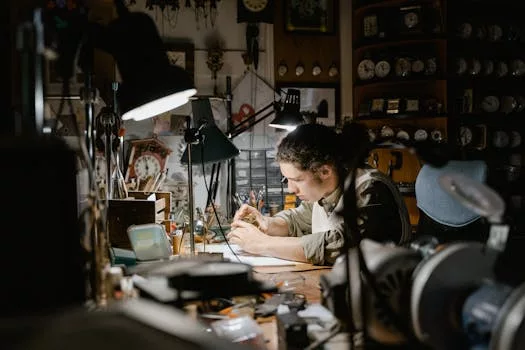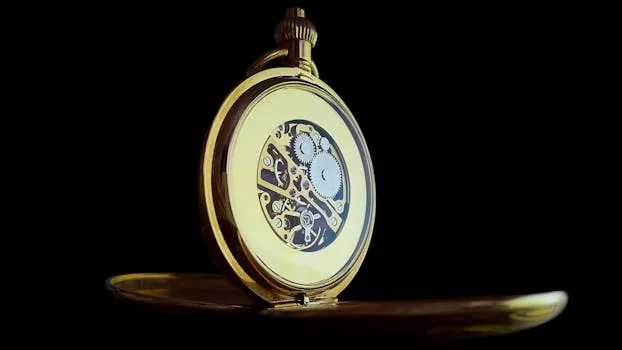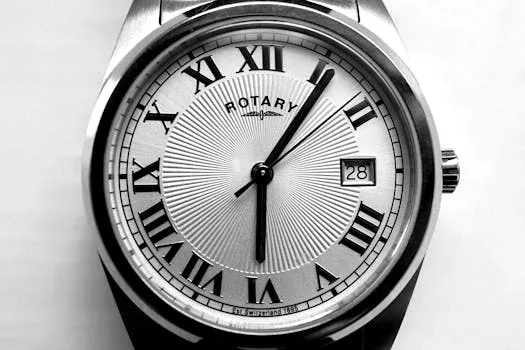“
From Smart Fabrics to Health Monitors: The Wearable Tech Revolution of 2025
Introduction to Wearable Tech
Wearable Tech, From Smart Fabrics to Health Monitors, has become an integral part of our daily lives. The wearable tech revolution has transformed the way we live, work, and interact with our surroundings. From smart fabrics to health monitors, this technology has come a long way since its inception. In this article, we will delve into the world of wearable tech and explore its various applications, benefits, and future prospects. For a deeper understanding of these innovations, check out our post on Wearable Tech 2025: Health, Fashion, and Function.
History of Wearable Tech
The concept of wearable tech dates back to the 1960s, when the first calculator watch was introduced. However, it wasn’t until the 1980s that wearable tech started gaining popularity. The first wearable computer, known as the ‘Wrist Instrument,’ was developed in 1981. This device could perform basic calculations and store data. Since then, wearable tech has evolved significantly, with the introduction of fitness trackers, smartwatches, and health monitors. To learn more about the evolution of these devices, read our article on The Rise of Smart Accessories.
Types of Wearable Tech
There are several types of wearable tech devices available in the market today. Some of the most popular ones include:
- Smartwatches: These devices can perform a variety of tasks, such as tracking fitness, receiving notifications, and controlling music playback.
- Fitness Trackers: These devices are designed to track physical activity, such as steps taken, distance traveled, and calories burned.
- Health Monitors: These devices can track vital signs, such as heart rate, blood pressure, and oxygen levels.
- Smart Fabrics: These are fabrics that have been integrated with technology, such as sensors, actuators, and wearable devices.
Applications of Wearable Tech
Wearable tech has a wide range of applications across various industries. Some of the most significant applications include:
- Healthcare: Wearable tech devices can track vital signs, detect health anomalies, and provide personalized recommendations for improvement.
- Fitness: Wearable tech devices can track physical activity, provide personalized fitness recommendations, and offer real-time feedback.
- Fashion: Wearable tech devices can be integrated into clothing and accessories, such as smart glasses, smart jewelry, and smart watches.
Benefits of Wearable Tech
Wearable tech offers several benefits, including:
- Convenience: Wearable tech devices can perform a variety of tasks, such as tracking fitness, receiving notifications, and controlling music playback, all from the wrist.
- Accuracy: Wearable tech devices can track physical activity and vital signs with high accuracy, providing personalized recommendations for improvement.
- Style: Wearable tech devices can be integrated into clothing and accessories, making them a fashionable and stylish accessory.
Future of Wearable Tech
The future of wearable tech looks bright, with several new technologies and innovations on the horizon. Some of the most significant trends and predictions include:
- Augmented Reality (AR) Integration: Wearable tech devices will integrate AR technology, providing users with a more immersive and interactive experience.
- Artificial Intelligence (AI) Integration: Wearable tech devices will integrate AI technology, providing users with personalized recommendations and insights. For more insights on AI’s impact, explore The Convergence of AI and Wearables.
- 5G Connectivity: Wearable tech devices will have 5G connectivity, enabling faster data transfer and more seamless communication.
Conclusion
In conclusion, the wearable tech revolution has transformed the way we live, work, and interact with our surroundings. From smart fabrics to health monitors, this technology has come a long way since its inception. As we look to the future, it’s clear that wearable tech will continue to play a significant role in shaping our lives and industries. For more on what to expect, read Futuristic Features.



